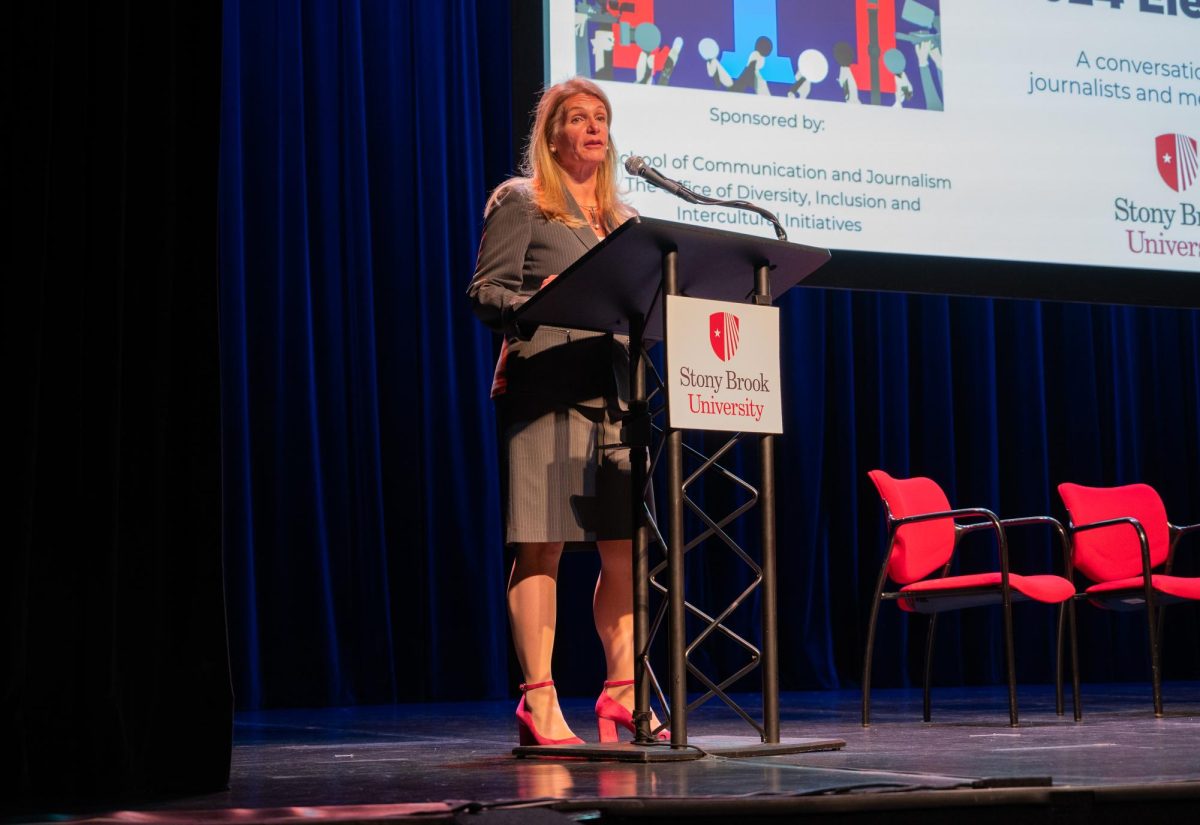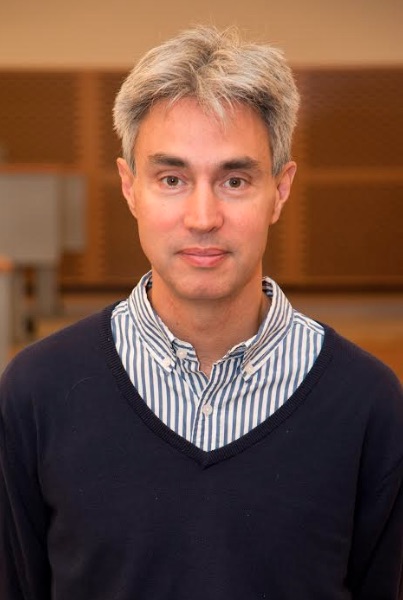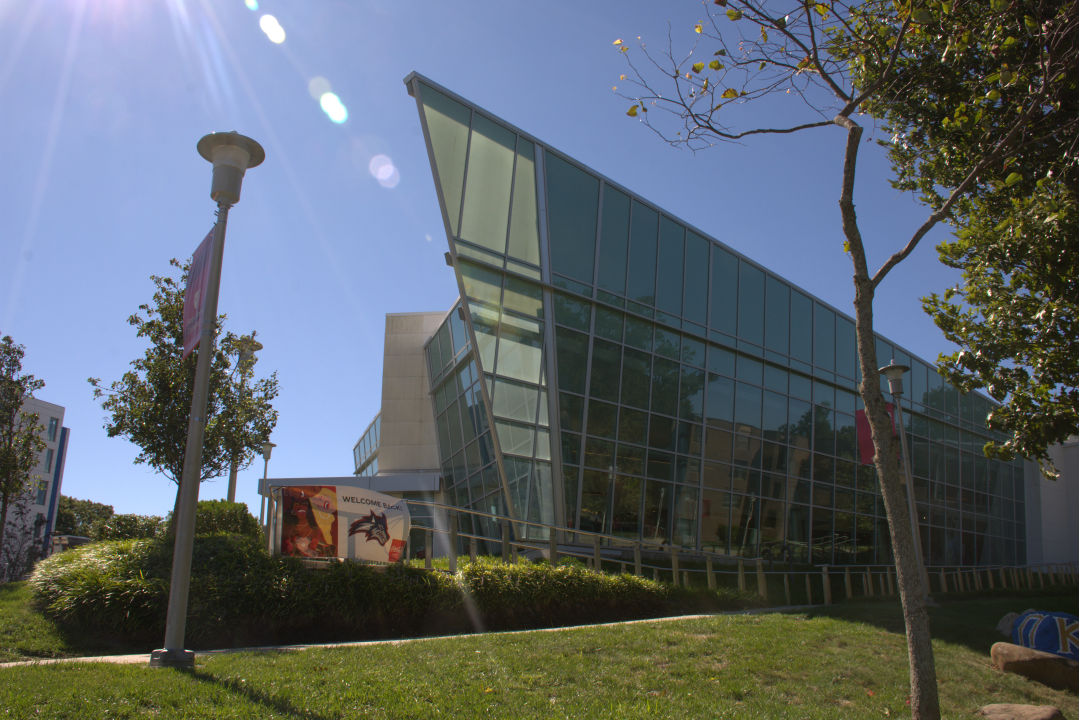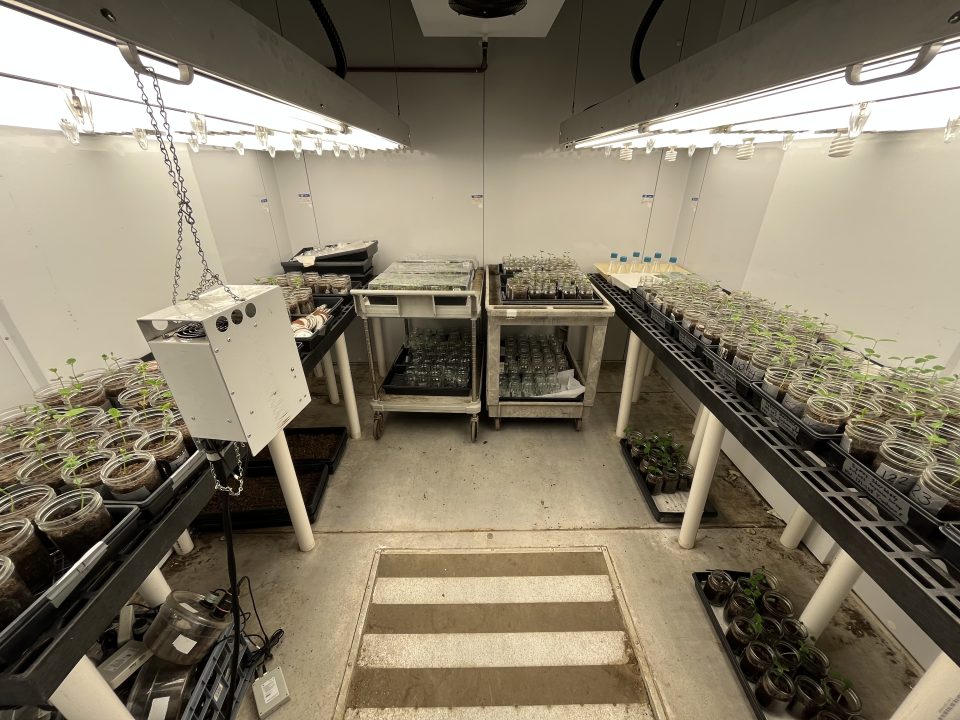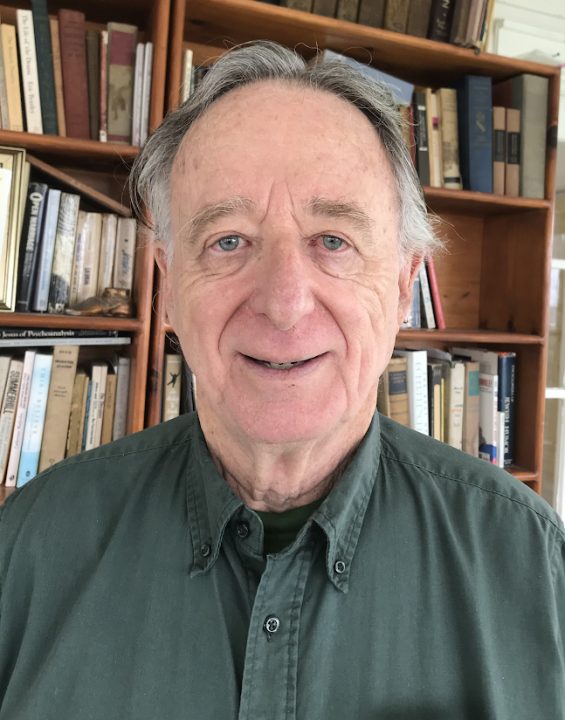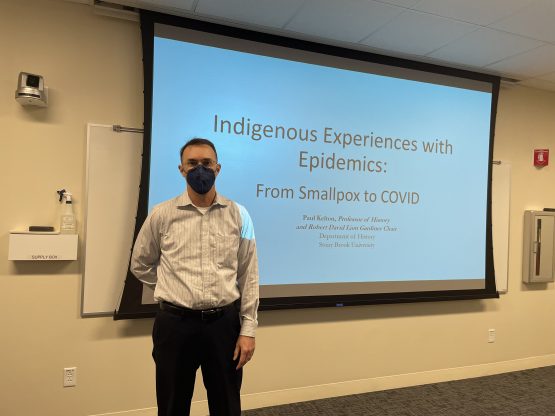
The Office of Multicultural Affairs hosted Dr. Paul Kelton, a history professor at Stony Brook University (SBU), to discuss the Native American perspective and experiences of examining epidemics during his lecture, “Indigenous Experiences With Epidemics: From Smallpox to COVID,” on Nov. 17.
According to a report by the Centers for Disease Control and Prevention, conditions on certain reservations, such as cramped housing, a lack of running water, the absence of a major grocery story and remote healthcare, led to higher mortality rates from COVID-19 among indigenous people. The innovations and impacts of indigenous leadership during the pandemic proved crucial in helping Native American communities effectively combat the virus, and further served as a model of how to deal with a pandemic.
“I am of Native American descent, so it was very informative for me to learn more about indigenous people, something that’s not really in our history books,” Jay-Len McLean, a sophomore international relations major and student assistant for the office of Multicultural Affairs said. “I was able to get something from the culture, learn about tradition and history and I can apply this knowledge to my life and my profession.”
After serving Native American foods, including squash fry and three sister stew, McLean and Judy Jaquez, the associate director for Multicultural Affairs, introduced Kelton to the audience of nine people.
Kelton, who is also the Gardiner chair in American history, was born and raised as a member of the Cherokee Nation of Oklahoma, and has been teaching with the history department at SBU since 2017. His historical research focuses on indigenous experiences with European-introduced diseases.
Kelton began the discussion by acknowledging that SBU is on indigenous land, and that contrary to popular belief, New York City is the city with the largest population of indigenous peoples. According to the 2020 census, there are a total of almost 10 million people in the United States who self-identify as either partially or fully American Indian.
“While we don’t know how many Indigenous people there were before 1492, it is important to know that those that once lived here lost a tremendous amount of population during the process of colonization, and the dominant explanation of why this occurred is because of epidemics, including smallpox,” Kelton said.
Key to his lecture was the idea that the impact of infectious diseases on indigenous peoples was not just a consequence of their lack of immunity, but that there were other social determinants of health such as poverty, trauma and access to food and water, which is important in understanding the impact of infectious diseases on indigenous people.
“Their mortality depends on their vulnerability,” Kelton said. “Are they otherwise healthy or are they malnourished and suffering from multiple infections? Are they suffering trauma? How did the violence and trauma of colonization play a role in their susceptibility to disease?”
Kelton explained how not only the full context behind the epidemics that ravaged Indigenous communities is often overlooked, but also how Native people’s response to these epidemics is ignored.
“There are 10 million indigenous peoples today, and they are here because their ancestors resisted and responded and struggled to survive, but indeed did survive,” Kelton said. “They had an uphill battle to be sure, but that uphill battle was because the avoidance strategies that they pursued are often undermined by colonialism.”
Kelton also pointed out that, unlike Europeans at the time, indigenous people practiced methods of quarantining for a period of 14 days in order to mitigate the spread of disease.
“They could create avoidance strategies to keep themselves from getting sick, but it’s very difficult to avoid disease when you’re being overrun by colonists,” he said.
The lecture then began to examine the response of indigenous people to the current COVID-19 pandemic.
“Since the 1970s, indigenous peoples have been exercising their sovereignty, particularly in regard to healthcare,” Kelton said. “There are healthcare systems and health access on reservations.”
However, depending on the prosperity and stability of each indigenous nation, access to healthcare can differ greatly.
“For indigenous peoples across the United States, there’s quite a diversity in terms of their access to health care,” Kelton said. “Some living on reservations may have to go to underfunded, understaffed or remote public health services while others can go to state-of-the-art facilities.”
According to Kelton, the COVID-19 mortality rate for indigenous peoples is 2.7 times higher than the rate for Asian Americans, who have the lowest mortality rates at 3.6%. Despite high mortality rates, indigenous communities, such as the Diné [Navajo], were able to effectively respond to the pandemic and were “held up as a model of how to deal with a pandemic.”
“They quickly locked down. They did contact tracing. They spread important and true information,” Kelton said. “They looked out for each other, and when the vaccine arrived, they got their people vaccinated.”
The Diné’s vaccination rate currently stands at 70%, compared to 58% nationwide, according to tribal data.
Kelton’s lecture was a part of the Native American Heritage Month event lineup. By recognizing Native American Heritage Month, SBU hopes to acknowledge the rich contributions of Native and indigenous peoples.
“Our office really tries to engage students with learning about their own identities and the identities and intersections of others, and also wants to encourage and enable students to explore and discuss a myriad of social and political issues,” Jacquez said about the inspiration for inviting Kelton.
Overall, the importance of celebrating the cultures, traditions, histories and contributions of indigenous people, as well as other communities, continues to be a focus for the Office of Multicultural Affairs.
“Students love hearing each other’s stories,” Jacqeuz said. “Events like these act as a platform to explore topics, and gain more understanding about things that we might otherwise have never been exposed to.”







